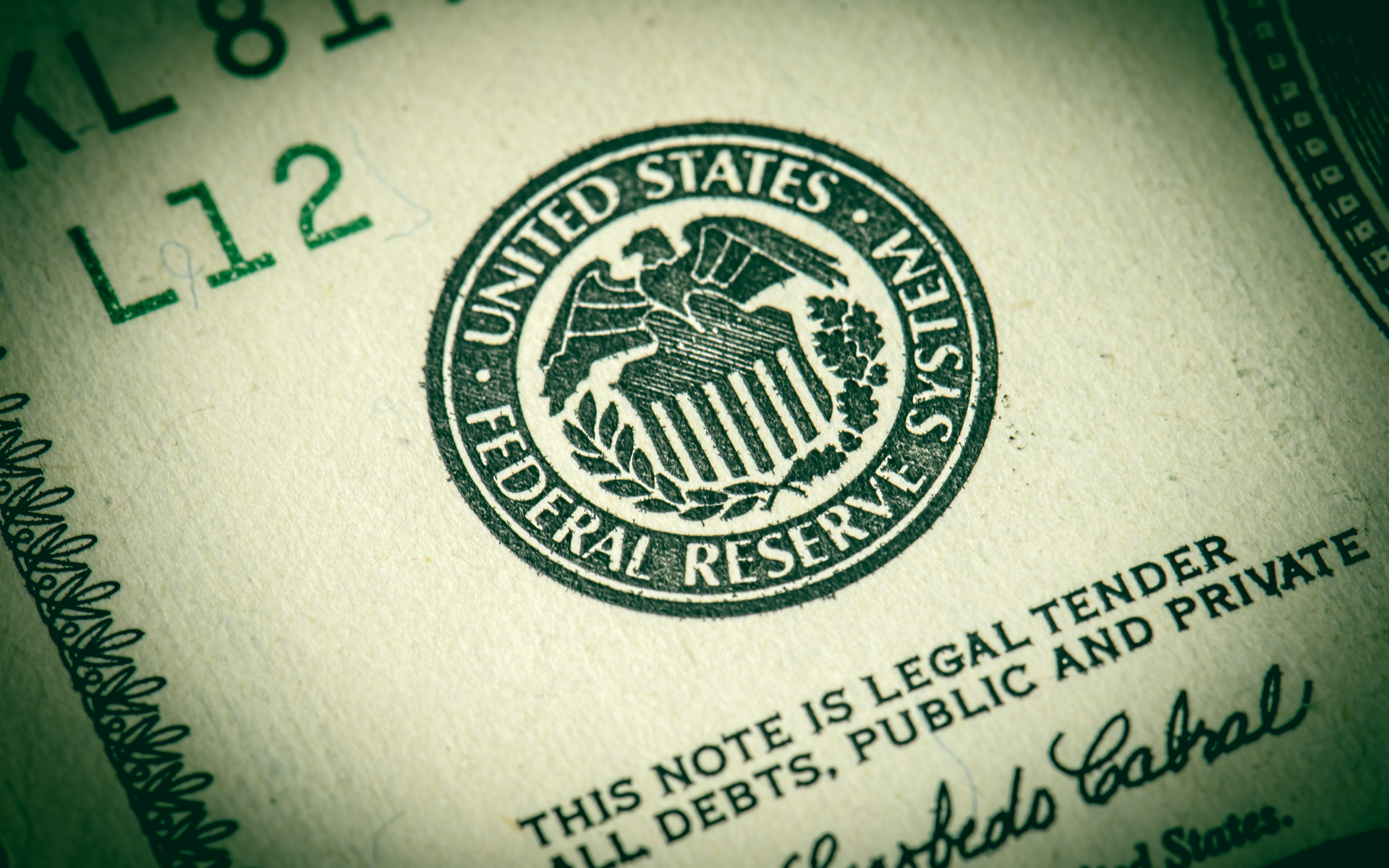PALO ALTO, Calif. (Reuters) - The Federal Reserve is looking at a broad variety of issues around digital payments and currencies, including what is fedcoin policy, style and legal considerations around potentially releasing its own digital currency, Governor Lael Brainard said on Wednesday. Brainard's remarks recommend more openness to the possibility of a Fed-issued digital coin than in the past." By transforming payments, digitalization has the prospective to deliver greater value and convenience at lower cost," Brainard said at a conference on payments at the Stanford Graduate School of Service.
Reserve banks globally are disputing how to manage digital financing technology and the distributed journal systems used by bitcoin, which promises near-instantaneous payment at possibly low cost. The Fed is developing its own day-and-night real-time payments and settlement service and is presently evaluating 200 remark letters submitted late last year about the suggested service's design and digital fedcoin scope, Brainard said.
Less than two years ago Brainard told a conference in San Francisco that there is "no engaging showed requirement" for such a coin. However that was before the scope of Facebook's digital currency aspirations were widely understood. Fed officials, including Brainard, have raised issues about customer protections and information and privacy threats that could be posed by a currency that could enter into use by the third of the world's population that have Facebook accounts.
" We are working together with other reserve banks as we advance our understanding of reserve bank digital currencies," she said. With more countries checking out providing their own digital currencies, Brainard said, that adds to "a set of reasons to also be ensuring that we are that frontier of both research and policy advancement." In the United States, Brainard said, issues that require study consist of whether a digital currency would make the payments system safer or simpler, and whether it might present financial stability dangers, including the possibility of bank runs if money can be turned "with a single swipe" into the reserve bank's digital currency.
To counter the financial damage from America's unmatched national lockdown, the Federal Reserve has actually taken unmatched steps, including flooding the economy with dollars and investing straight in the economy. Most of these moves got grudging acceptance even from lots of Fed skeptics, as they saw this stimulus as required and something just the Fed might do.

My new CEI report, "Government-Run Payment Systems Are Risky at Any Speed: The Case Versus Fedcoin and FedNow," details the dangers of the Fed's existing prepare for its FedNow real-time payment system, and propositions for central bank-issued cryptocurrency that have actually been dubbed Fedcoin or the "digital dollar." In my report, I talk about issues about personal privacy, information security, currency adjustment, and crowding out private-sector competition and development.
Supporters of FedNow and Fedcoin say the federal government needs to produce a system for payments to deposit quickly, rather than encourage such systems in the economic sector by what is a fedcoin raising regulatory barriers. But as noted in the paper, the economic sector is providing an apparently endless supply of payment technologies and digital currencies to resolve the problemto the level it is a problemof the time space between when a payment is sent and when it is gotten in a checking account.
And the examples of private-sector development in this location are lots of. The Clearing Home, a bank-held cooperative that has been routing interbank payments in various kinds for more than 150 years, has actually been clearing real-time payments given that 2017. By the end of 2018 it was covering half of the deposit base in the U.S.